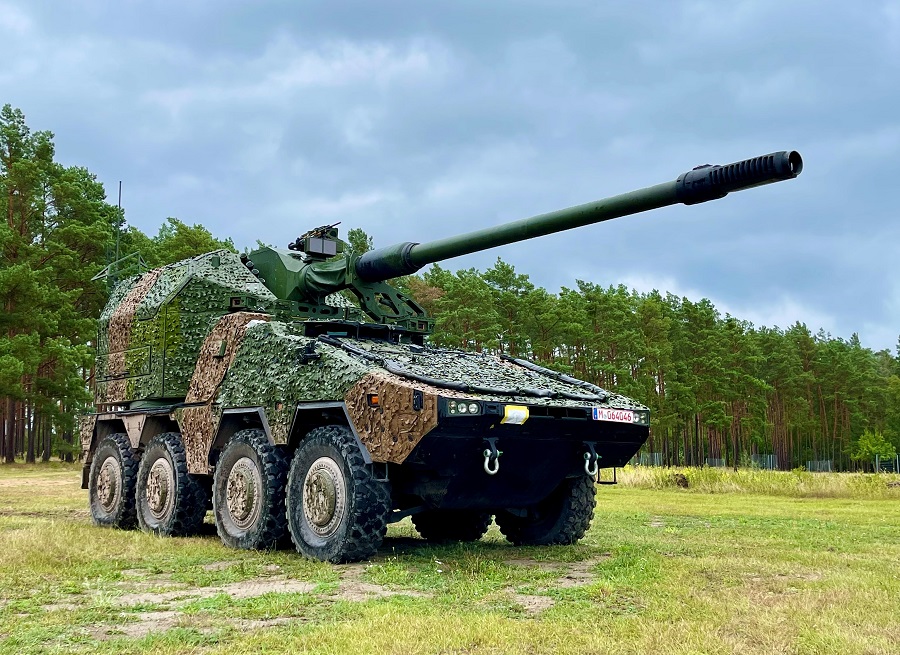FMV has entered into an agreement with Swede Ship Marine AB for the supply of eight maritime artillery platforms with stabilised mortars (Amphibious Artillery Platform). These platforms will be operated by the Amphibious Battalions (Amfibiebataljonen) of the Swedish Armed Forces from Stockholm and Gothenburg, assigned with defending the coastline, including numerous islands, against potential amphibious assaults.

The contract also encompasses training systems and spare parts. The delivery of training systems is planned for 2026-2027, while the artillery platforms are scheduled for 2027-2028.
Following the delivery of the boats, the Swedish Armed Forces (Försvarsmakten) will possess a new capability for precision indirect fire while advancing at sea. In contrast to manually transported grenade launchers, which can take hours to reposition over distances of a few kilometres, these new floating artillery platforms will be able to move and be ready to fire in significantly shorter times.
Amfbat 2030 project
Until now, the soldiers of the Amphibious Battalions had to disembark on the islands surrounding Sweden to defend its territory against potential invasions. By 2030, the amphibious battalion’s ability to protect coastal areas will increase through the enhancement of effectiveness and mobility of its components. This means that amphibious boats can gather forces where needed, strike the enemy, and, if necessary, avoid direct combat.
A significant difference between the Amphibious Battalions and larger naval platforms, such as the Visby-class, is that the corvettes consolidate all functions onto a single platform: command, sensors, effectors, and the entire decision-making chain, to achieve the intended effect. In the Amphibious Battalion, which consists of multiple smaller functional units, command, sensor data, and operational components will be distributed across different platforms.
The Amfbat 2030 project aims to acquire command, sensor, and combat platforms. Individual floating units will be procured separately, with the artillery platforms being the first ones ordered. Initially, the purchase of 12 mortar-armed boats was planned.
The artillery platform will engage in precision indirect fire during sea-based offensives, utilising a stabilised turret with automatic grenade launchers. The boat’s own sensors and weapon systems must also be capable of self-defence. In addition to the armament turret, the unit will also receive appropriate fire control systems.























